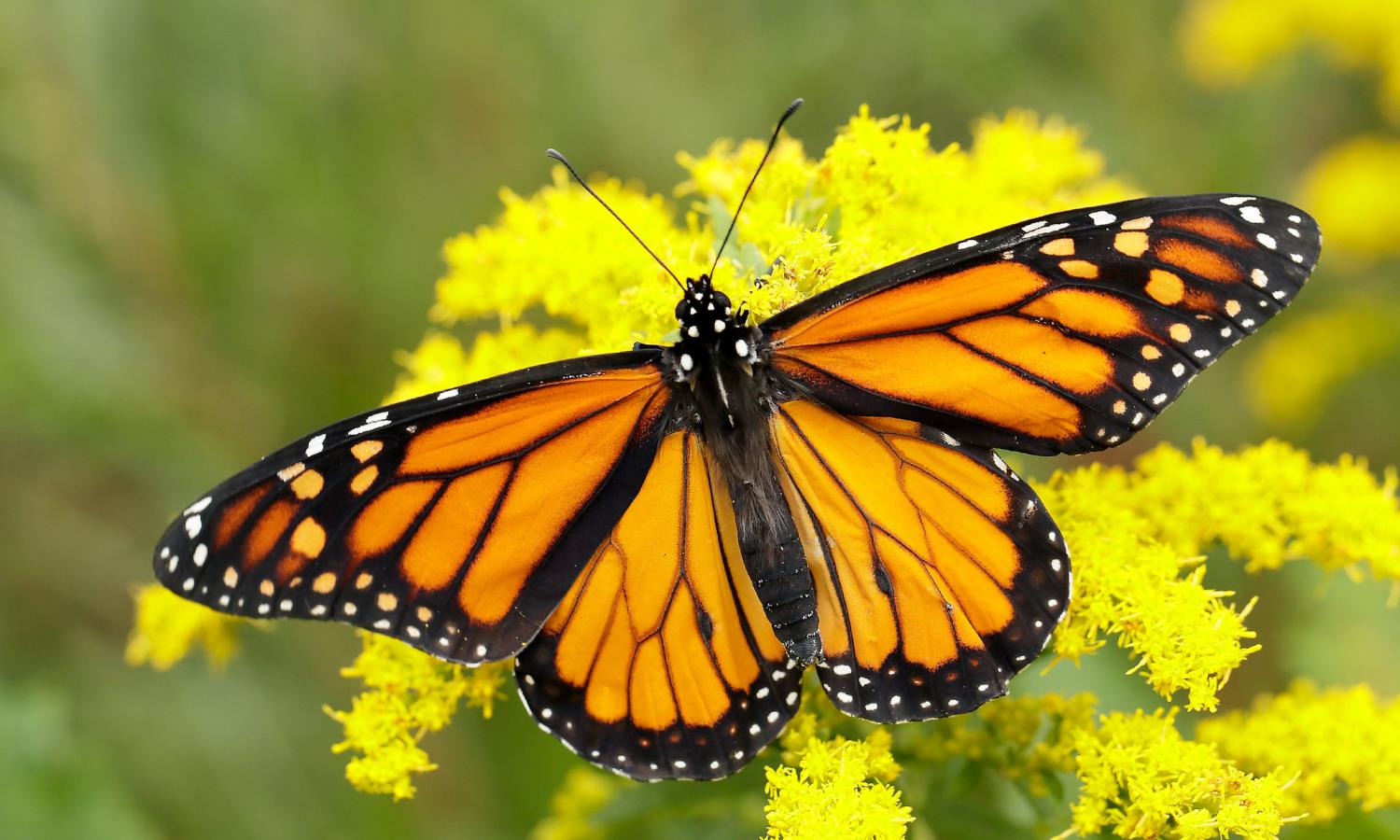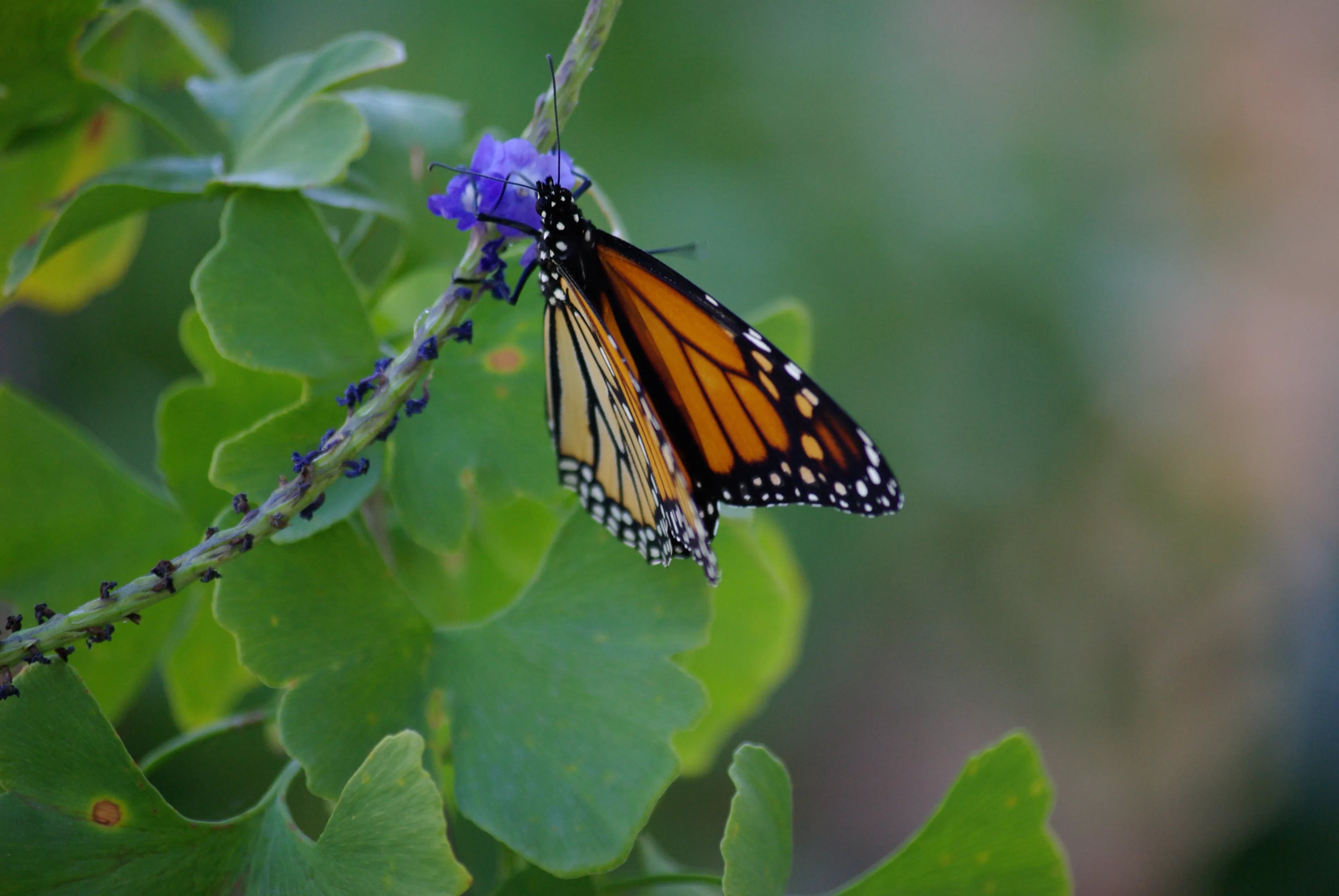- Inspiring People -
- 9mins -
- 490 views
California mobilises milkweed in bid to save Western monarch butterfly
A conservation group is planting more than 30,000 of the poisonous plants along the state’s central coast in hopes of giving Western monarch butterflies new places to breed and boosting the insect’s dwindling population.
30,000+ milkweed planted in California to help monarch butterflies
In what has been dubbed one of the biggest mobilisations of resources and talent ever organised to save an insect, the state of California has joined forces with conservation groups, biologists and countless citizen scientists to try to rescue the Western monarch butterfly from the brink of extinction. In order to achieve this, they are pinning their hopes on an unassuming but poisonous native plant called milkweed.
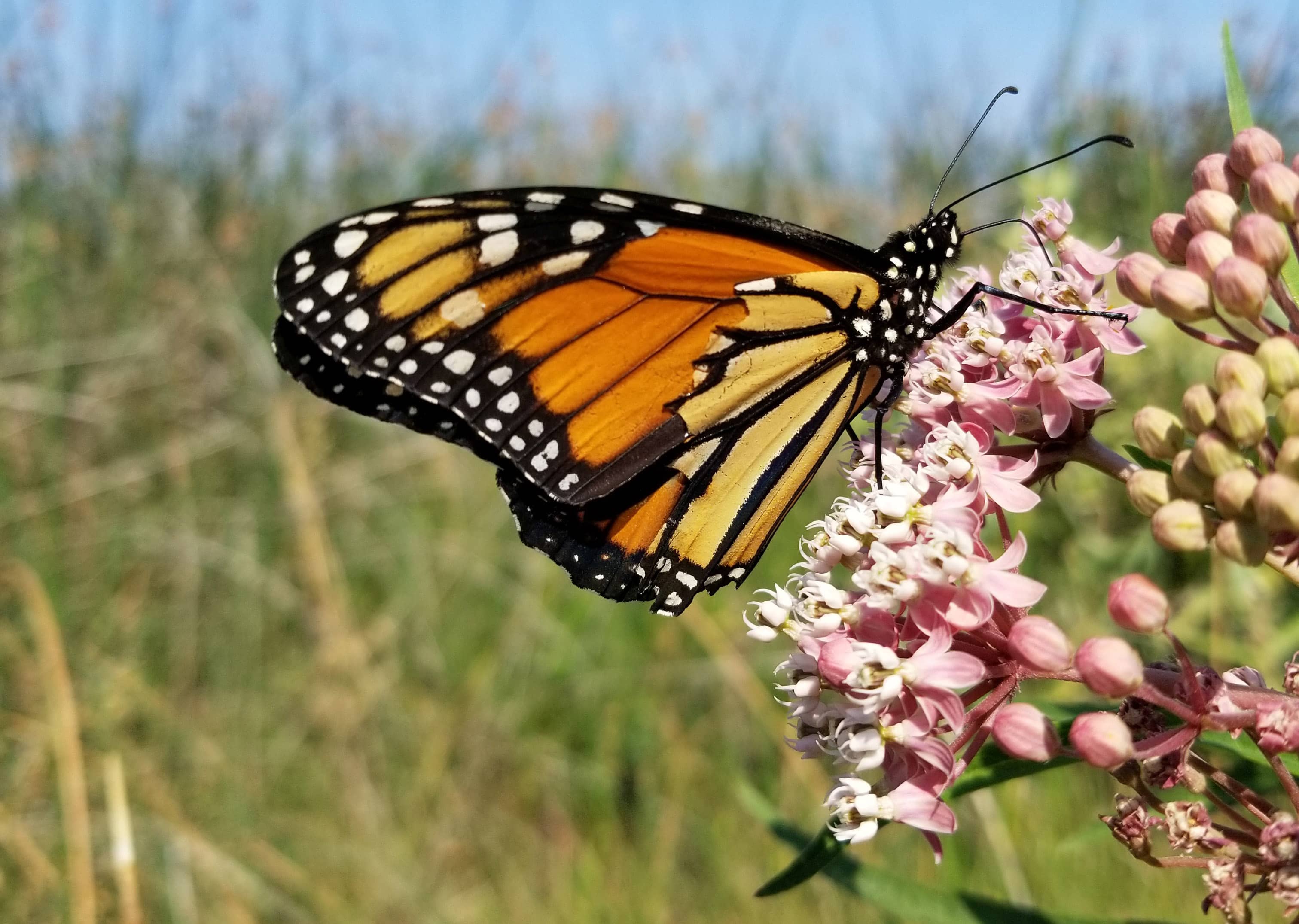
30,000 milkweeds planted around California in bid to boost Western monarch numbers
The Western monarch butterfly is disappearing rapidly. The number of these delicate black-and-orange winged insects overwintering in coastal California dropped to under 2,000 this year, compared with more almost 30,000 the year before. And even that was already a mere fraction of their numbers in previous years.
The butterflies’ drastic population decline has led to an urgent response from California: a $1 million state-funded project to rebuild habitat for Western monarchs on over 600 acres in eight locations in a variety of ecosystems. Organisers say it’s the largest coordinated effort to save the Western monarch, which spends winters in coastal California, migrates to Central California to breed and then can travel as far as Idaho and Washington and back.
According to the San Francisco Chronicle, conservation organisation River Partners teamed up with other conservation groups and the California Department of Fish and Wildlife to plant more than 30,000 native milkweed plants — the only vegetation monarch adults will lay their eggs on and that their caterpillars eat — to give the butterflies new spots to breed and fuel up for the long migration journey.
Source: San Francisco Chronicle
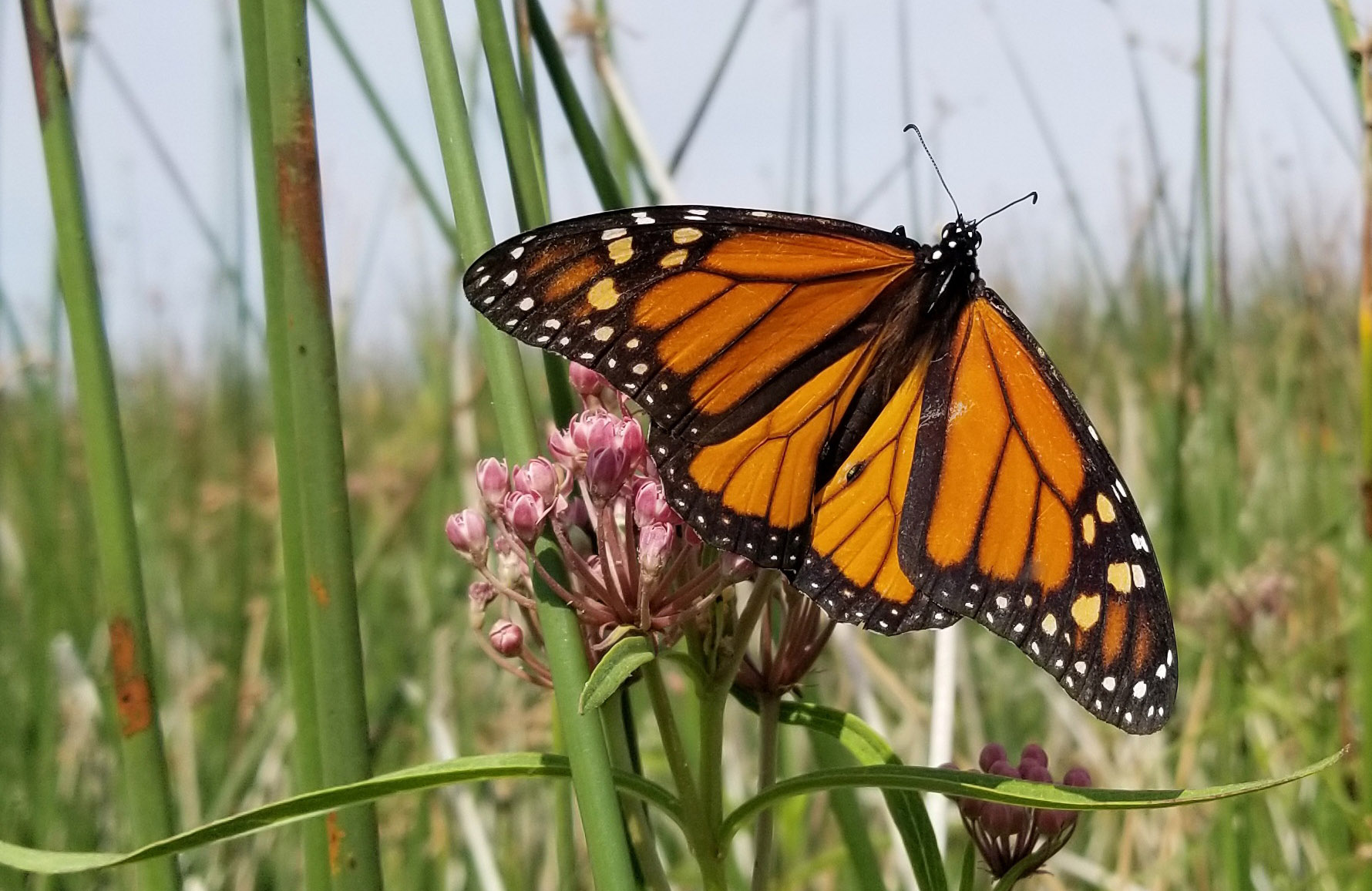
Why the population is declining so rapidly is not completely known
While it is not fully understood why the monarch population is collapsing so rapidly, scientists have speculated that the species might be facing from a combination of challenges at once. An article in The Guardian in June reported these possible culprits:
- In recent decades thousands of acres of wildland habitat have been lost, both in their wintering habitats in such famous butterfly sites as Pacifica and Pismo Beach, and in the agricultural Central Valley of California, through which migrating butterflies must pass in their spring and fall migrations.
- The increased use of herbicides has reduced the amount of milkweed available in which the monarchs can lay their eggs. Moreover, the emerging caterpillars gorge themselves on the poisonous milkweed, which is what gives them their bright colours of adulthood and makes them poisonous to predators.
- In addition, insecticides widely used in agriculture may be harmful to the monarchs themselves in ways scientists are yet to to understand. A 2020 study by the Xerces Society and the University of Nevada, Reno, studied various samples of milkweed from around the central valley and found an average of nine different pesticides on each plant.
- The species may also be under threat from global warming. Scientists have found they are emerging from their wintering sites earlier in the spring. However, the milkweed they need to survive their migrations may not be blooming yet.
- The vast fires and unusual freezes that have accompanied the climate crisis may also be affecting their life cycles.
Source: TheGuardian

20 fun facts about monarchs (1–10)
- Monarchs are probably the best known butterflies in North America. Seven U.S. states list the monarch as their official state insect or butterfly.
- Monarchs have a wingspan of approximately 9 – 11 cm (4 inches) and an average weight of about half a gram – about the weight of a paper clip!
- Monarchs are in the butterfly family Nymphalidae. Members of this family appear to have only 4 legs, but they really do have 6. The front pair of legs is greatly reduced in size and tucked up under the head.
- Monarchs have a remarkable long-distance migration. In North America, monarchs overwinter in both Mexico and along the California coast.
- A monarch can fly up to 2,700 miles (4,345 km). With the same weight to distance ratio, that would be the same as a robin flying to the moon and most of the way back. The longest recorded flight for a monarch was one tagged in Nova Scotia and recovered in central Mexico, a distance of 2,690 miles (4,200 km). In the west, a monarch tagged in Camp Verde, Arizona, flew 1,247 miles (2,006 km) to central Mexico while a monarch tagged in Redmond, Washington, was found in Morro Bay, California, a flight of 865 miles (1,391 km).
- Butterfly wings are densely covered with scales that improve their aerodynamic efficiency. The upper surface of the thorax is covered with long hair-like scales that help retain heat.
- The bright patterned orange and black wings of monarchs advertise that they taste bad to predators. Monarchs retain toxins (known as cardiac glycosides) from the milkweed they eat as caterpillars (or larvae), making them poisonous to most vertebrates.
- Male and female monarchs are easy to tell apart. Males have a black scent spot on a vein on each hind wing while females do not; females have more black scales along their wing veins.
- Breeding monarchs live two to five weeks. A female may lay several hundred eggs in her lifetime. Eggs hatch after about four to six days in average spring and summer temperatures.
- Monarch caterpillars eat plants only in the milkweed family. There are over 100 known species of milkweeds in North America. Monarchs have been reported to feed on about 30 of them, but they likely feed on others as well.
Source: MonarchConservation.org
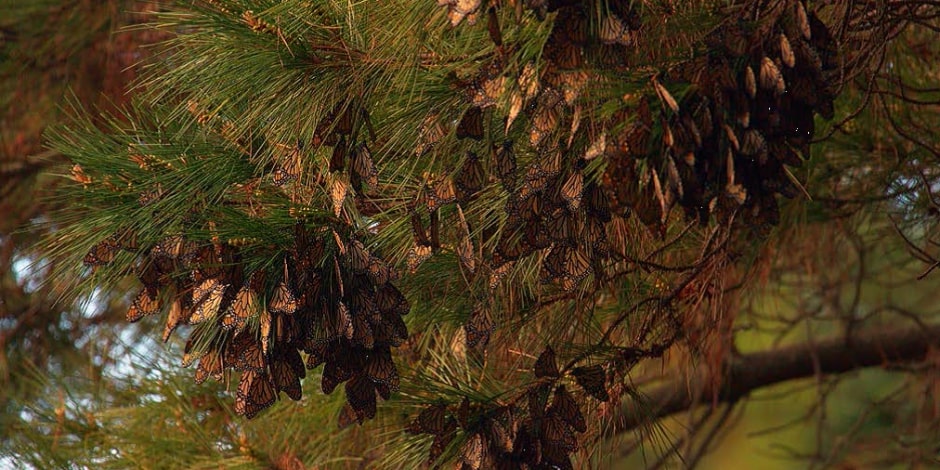
20 fun facts about monarchs (11–20)
11. Monarch caterpillars are eating machines! They grow in size by shedding their old skin to reveal a larger new skin (exoskeleton) underneath. They molt, or shed their skin, five times before entering the pupal stage. The entire caterpillar stage lasts about 9 to 14 days under normal summer temperatures.
12. A monarch chrysalis is jade-coloured with gold spots; the function of these spots is unknown. The chrysalis stage lasts 9 to 14 days in average summer temperatures. (A chrysalis is not a cocoon, which is a covering made of silk, sometimes with leaves, that forms around the pupa of most moths.)
13. Monarchs that emerge from a chrysalis in late summer and early fall can live up to 8-9 months to survive the trip to and from their overwintering sites in Mexico and California. A monarch tagged in Ashland, Oregon on June 26 was found still alive in Cayucos, California, 312 days or just over 10 months later.
14. Monarchs east of the Rockies winter in the Transverse Neovolcanic Mountain Belt in Mexico. They form colonies of 20 to 50 million butterflies per hectare (that is, 10 million in an area the size of a football field) and remain in tight clusters for up to 5 months before their spring migration. Some monarchs in the east stay in Gulf Coast states through the winter.
15. Most monarchs found west of the Rockies winter along the California coast where they roost in Eucalyptus trees, Monterey pines, and Monterey cypresses. In winter they are spread across 300+ sites from Baja California to north of San Francisco.
16. Some monarchs in Arizona and possibly other western states also migrate to Mexico. Small numbers of monarchs also spend the winter in the lower deserts of Arizona and California.
17. In the past, Purépechas, an indigenous group that lives in the overwintering region in Mexico, considered monarchs as the souls of the dead and interpreted their arrival as the announcement of the visit by the departed, since it coincides with the second day of November when Mexicans celebrate “El Día de los Muertos” (the Day of the Dead).
18. The scientific name of monarchs, Danaus plexippus, is from Greek mythology. Danaus was a King of Libya, and Plexippus was his son-in-law. Plexippus can be translated as a driver of horses.
19. Monarchs are so named because their orange colour was associated with King William of England, an English monarch who had been the Prince of Orange in the Netherlands.
20. Monarch butterflies are found throughout the U.S. (including Hawaii, but not Alaska), southern Canada, southern Portugal and Spain, Caribbean Islands, Australia, New Zealand, and other Pacific Islands.
Source: MonarchConservation.org

10 Flowers that Attract Monarch Butterflies
- Zinnia Flowers: These beautiful flowers, when in bloom, deposit bursts of color throughout the garden while attracting monarch butterflies. The taller variety of these flowers may also attract hummingbirds.
- Miss Molly Bush: The miss molly plant is a non-invasive variety of plant and blooms a bright, true red color that’s sure to attract monarch butterflies. This one is actually a favourite amongst butterflies.
- Ava Flower: These flowers are actually known for attracting hummingbirds in the Spring season, but they recently have been discovered to also attract monarch butterflies.
- The Mexican Sunflower: Probably a common favourite amongst butterflies, as Mexico and other South American countries are where the monarch butterfly migrates to during the colder seasons. These tall, bright flowers are hard to miss for monarch butterflies.
- May Night Salvia: The May Night Salvia plant has striking blue and purple flowers that will not disappoint when attracting monarch butterflies. They are also a favourite with gardeners just for their beauty alone. Definitely a personal favourite.
- Milkweed: The common milkweed plant is known for its capability to sustain monarch caterpillars, but they’re also said to attract monarch butterflies once they’re fully grown. Many varieties of the milkweed plant will produce similar results.
- Cosmos Sulphureus: These flowers are easily grown from their seed and are a favourite amongst butterflies and bees. Their pollination aspects keep monarch butterflies coming back for more, and their bright orange flowers are easily seen on the most gloomy of days.
- Brazilian Verbena: This flower is the most common pollinator in North America that attracts all kinds of pollination species, including hummingbirds and the monarch butterfly. You may see these flowers everywhere, but don’t underestimate their power of attraction!
- Siberian Wallflower: These stunning, bright orange flowers not only attract monarch butterflies with their hard-to-miss colour, but they also give off an intoxicating aroma that will attract any monarch butterfly flying by. Consider these flowers a monarch butterfly guarantee.
- Blue Porterweed: Porterweed flowers come in a variety of different colours, but the blue colours porterweed plants are the ones that attract monarch butterflies the best.
Source: GrowOrganic.com
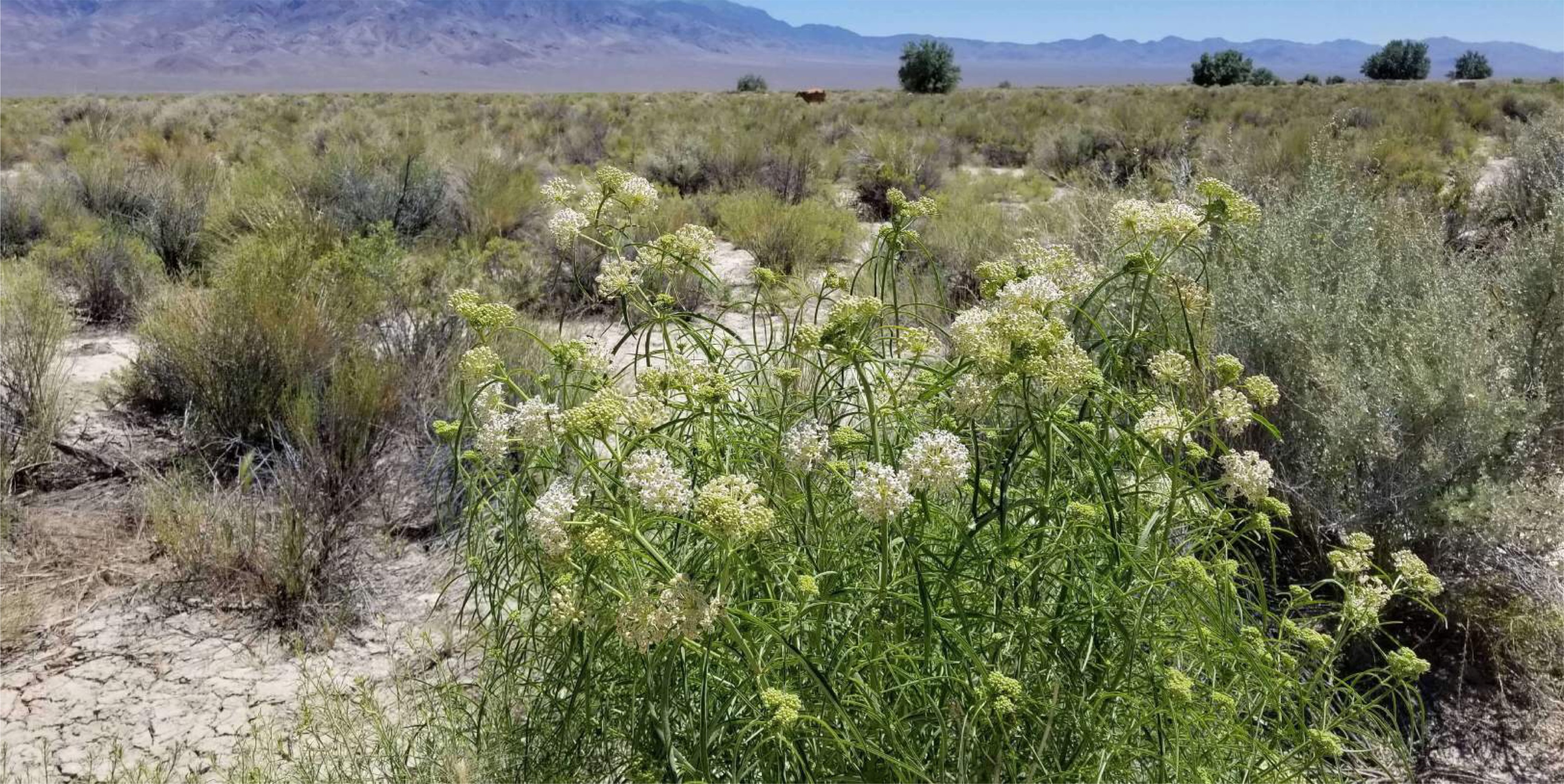
Monarch Resources
If you’d like to help monarch butterflies in your own backyard, please visit the Xerces Society for information about how your garden can support monarchs and other pollinators. You can find more facts about monarchs and statewide efforts to save them at Monarch Joint Venture.
